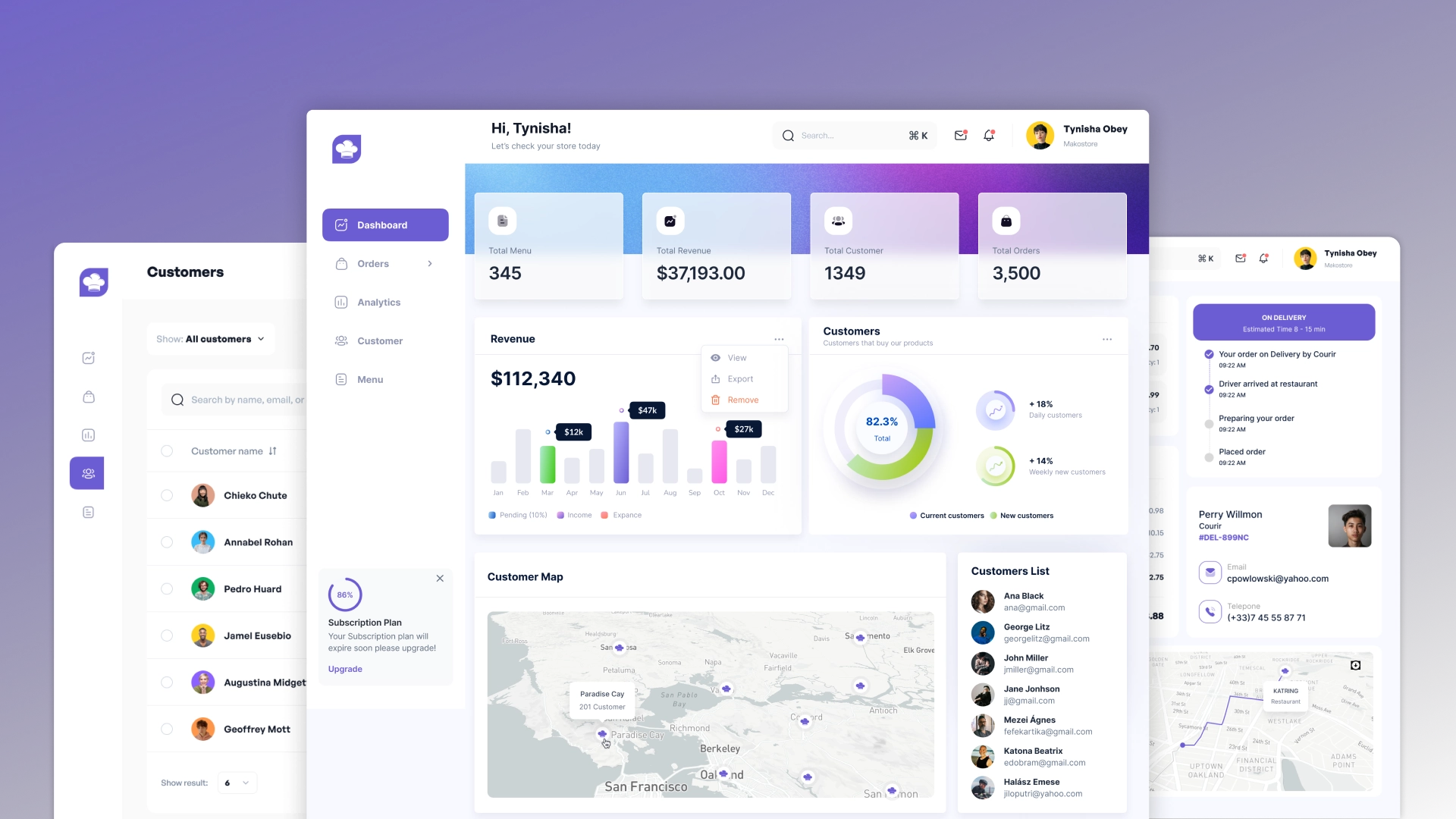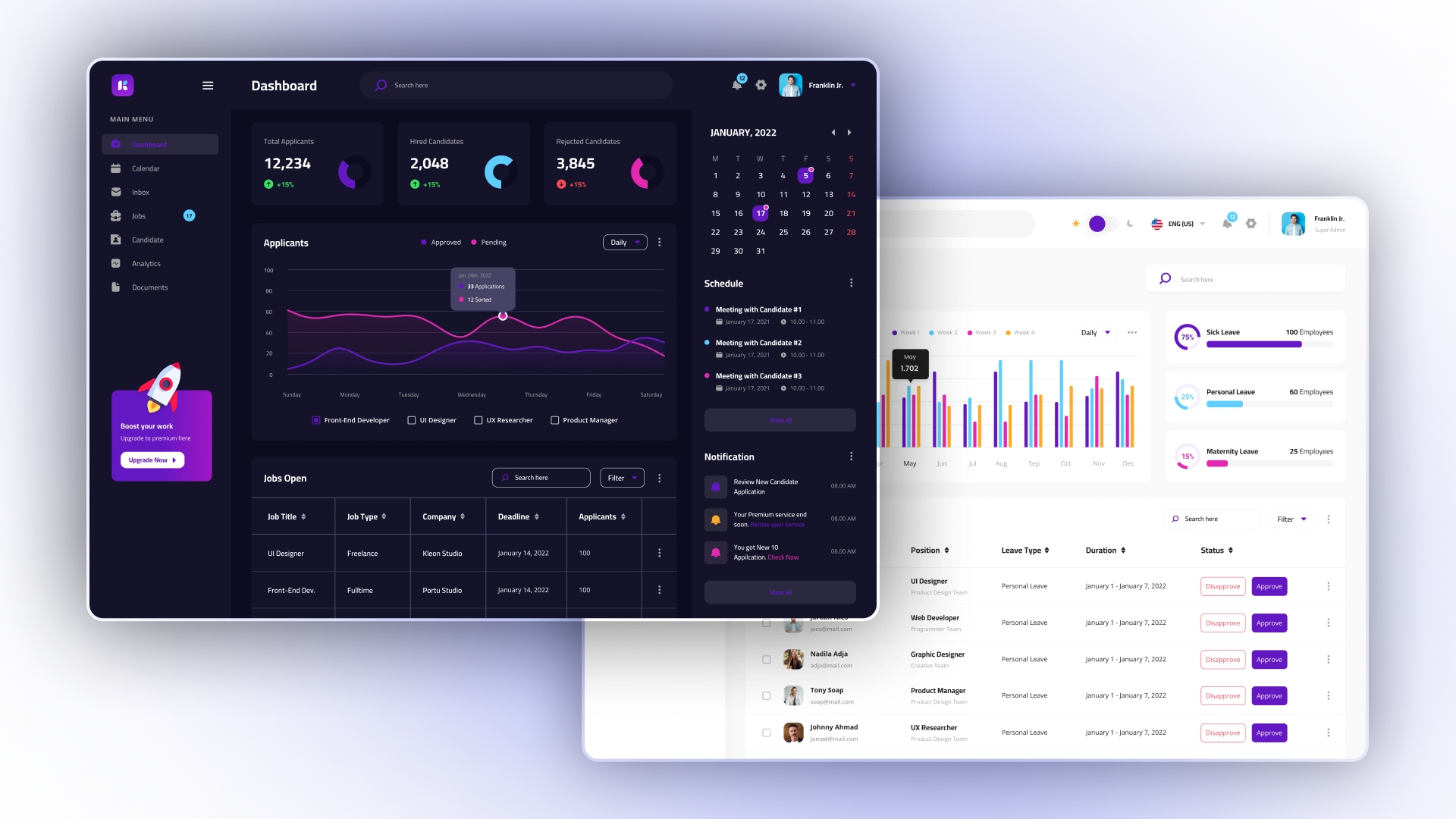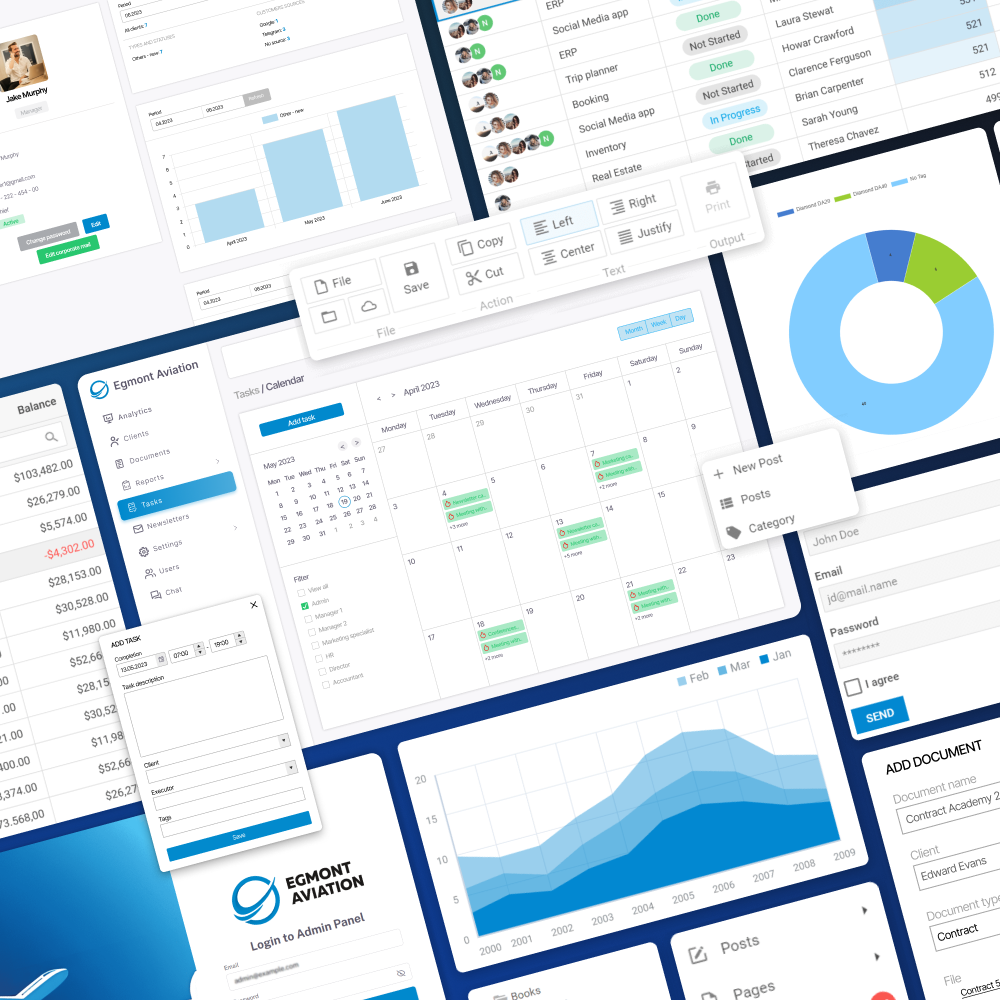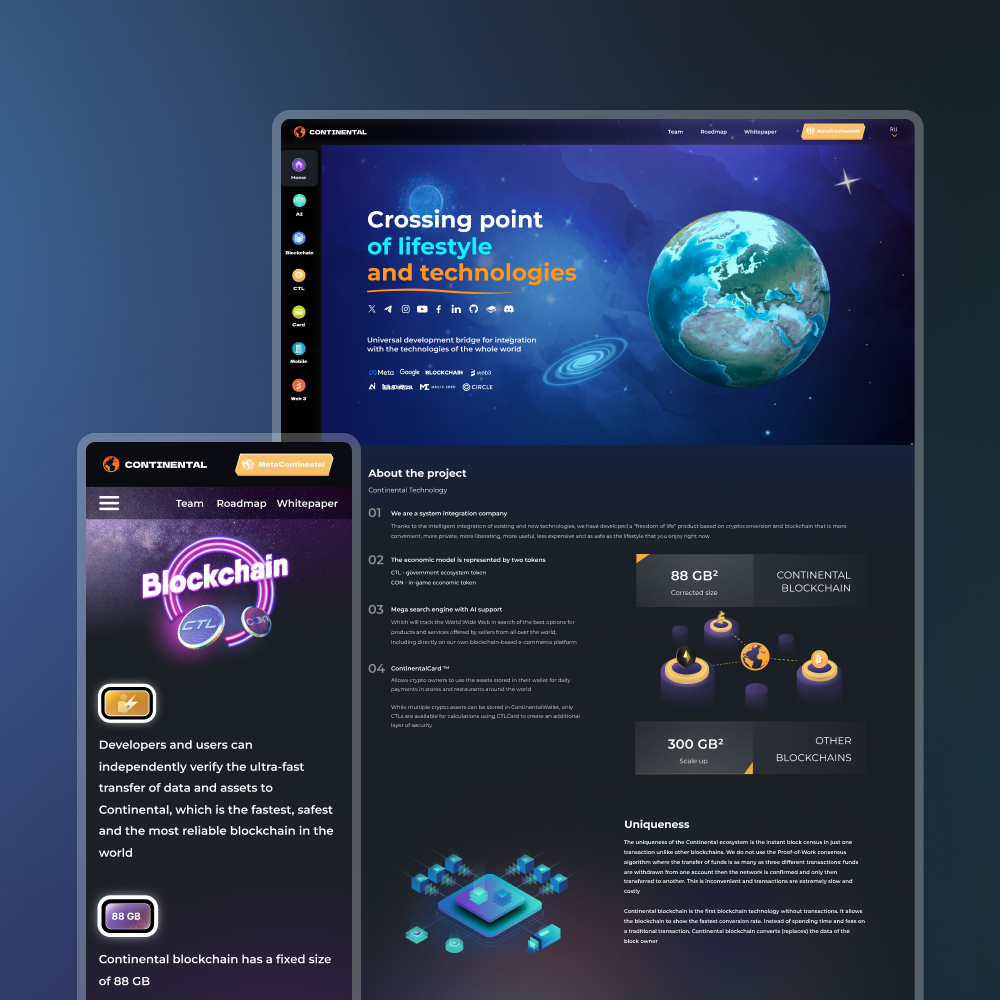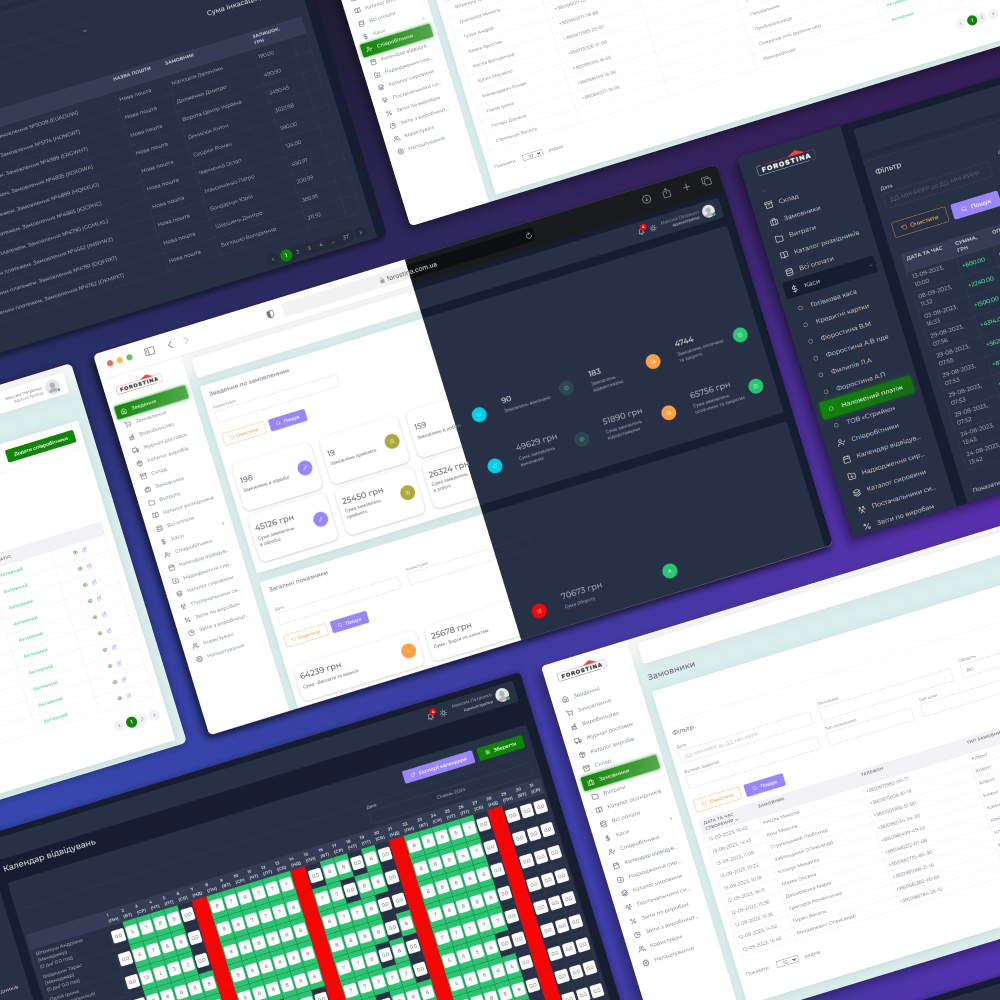








Software testing
Testing software for business
Software testing and debugging is one of the most important stages of software development. Its main purpose is to check the product for compliance with certain requirements and expected behavior, with the aim of identifying and eliminating errors before releasing the software and starting its use by end users.
Software testing helps to solve several important tasks:
- Ensures software quality . During testing, QA engineers identify problems and defects in the operation of the software, thanks to which the team can correct them in a timely manner and improve the quality of the final product.
- Saves time and resources . Early detection of errors allows you to avoid critical consequences in the future, which saves time and resources for fixing bugs, and also speeds up the process of technical product development.
- Confirms compliance with requirements . Testing helps ensure that the software works correctly and performs all functions as intended.
- Improves user experience . Thorough testing helps build user confidence in the product because it performs consistently and predictably.
- Increases business competitiveness . High-quality, tested software allows the company to work efficiently, attract new audiences and maintain a high position in the market. It is worth understanding that this rule also works in the opposite direction - software with errors and bugs, on the contrary, can negatively affect the reputation of the brand.
How the testing process is organized, what methodologies and approaches our QA engineers use in their work to achieve the best result - we tell in this article.

What are the principles of testing
Testing principles are the basic ideas and concepts on which the entire software testing process is based. They help organize and manage testing, ensuring its effectiveness and quality. Here are the main ones:
- Comprehensive testing is not possible. Testing cannot and should not cover all possible usage scenarios and application states. The goal is to find as many defects as possible, but complete exhaustion of all options is unrealistic.
- Accumulation of defects. The largest number of bugs and problems in the operation of the software is always in a limited number of modules.
- The pesticide paradox. When repeating the same test scenario, at some point this set of tests will stop detecting new problems.
- Economic feasibility. Testing must be efficient and economically justified. It is necessary to find a balance between the amount of testing and its cost in order to use the available resources effectively.
- Testing shows the presence of errors. The main task of testing is to identify defects, not to prove their absence. Even the successful passing of the tests indicates that no errors were detected only within the limits of the conducted tests.
- Testing never ends. Testing is carried out at all stages of the development life cycle, starting from the first stages of design and ending with post-release support of the product, to ensure its stable operation and detect possible problems as early as possible.
How testing is done
Comprehensive software testing is a complex and structured process that includes several stages: from planning and requirements analysis to defect management. Each of them has its own characteristics and tasks, which are aimed at achieving the goal set by the developers. Let's take a closer look at the main stages of software testing and their role in ensuring the quality of the final product:
- Planning . First of all, the objectives of the test are determined and a plan is drawn up, which includes the strategies, methods and schedule of the tests, as well as the criteria for their completion.
- Requirements analysis and test design . An analysis of the requirements for the software product is carried out, functional and non-functional characteristics are determined, test cases and test scenarios are formulated.
- Development of test cases and scenarios . According to the approved plan, automated tests are developed, test scenarios are described, and test environments are created.
- Conducting tests . At this stage, the prepared tests and software verification scenarios are executed. This process includes running tests, logging results, and identifying defects.
- Analysis of results and reporting . After the testing is completed, the results are analyzed, interpreted and reports on the work performed are prepared. Reports can contain information about defects found, test coverage, tests performed, and other important data.
- Defect management . The entire testing process is accompanied by defect management, which includes their registration, tracking, prioritization, correction and retesting after elimination. This allows you to effectively manage the quality of the software product and ensure its successful release.
Adherence to these stages allows you to identify and correct software defects at the early stages of development, which reduces business risks and increases confidence in the stable operation of the final product assembly.
The main types of testing
There are several ways to classify software testing according to different criteria. One common approach is by the level of detail of the components under test. In this case, highlight:
- Unit testing – is carried out at the code level and helps to identify problems in the operation of one logically isolated or isolated element. Most often, it is not performed by QA engineers, but by developers during programming.
- Integration testing – tests the interaction between different components or modules of the software. The goal is to ensure the correct operation of the system as a whole during the integration of its individual parts.
- System testing - helps to evaluate the stability, reliability, security and performance of software. Usually, such testing covers all components of the product: interfaces, databases, network connections and interaction of Cosmos with other systems or programs.
- Acceptance testing - is carried out before the product is put into operation and checks the compliance of the software with the client's needs and business processes.
Another common way to classify software testing is based on testing objectives. It allows you to determine the focus of the team's efforts on achieving specific results within the framework of the test process. According to this approach, the following are distinguished:
- Functional testing of the software is aimed at checking the correctness of the work of the functional part of the product.
- Non-functional testing - testing product attributes that are related to functionality.
- Load testing — evaluates the performance and response time of the system to external requests in order to achieve the established requirements.
- Performance testing – checking the stability of system operation and resource consumption under various loads and software usage scenarios.
- Scalability testing – measures the product's performance as user requests increase and decrease.
- Stress testing - is carried out to assess the stability of the system under increasing load.
- Security testing — helps to check the security level of the system and analyze the risks associated with ensuring the protection of confidential data.
- Localization testing – checking the adaptation of the software product according to the cultural and linguistic characteristics of each audience. It is especially important for software designed for use in different countries and regions.
- Usability testing - helps to assess how convenient it will be for end users to work with the interface of the product being developed.
- Regression testing is the retesting of functionality after code has been debugged to ensure that changes made by developers have not caused unintended consequences.

Manual and automated testing - what's the difference
Software testing can be divided into two main categories: manual and automated , and both approaches can be used when testing a single product. But when and which one is better to use? Let's figure it out.
Manual software testing involves a QA engineer performing tests manually or by interacting with specialized software. This is a rather expensive method, as it requires the physical presence of a specialist, plus the human factor must always be taken into account.
That is why we, in the AVADA MEDIA team, often prefer automated testing. It involves the development of autotests — special software scripts that are written once and can be executed an unlimited number of times without human intervention, which means an increase in speed and accuracy, and therefore the effectiveness of testing.
Automated testing is appropriate in most cases, especially:
- When performing a large number of repetitive tests.
- During load testing and performance testing.
- When it is necessary to completely exclude the human factor.
- Working with a large volume of data — that is, in large projects.
When choosing between manual and automated testing, our QA engineers always try to find the optimal balance that will be economically feasible for the client and at the same time allow obtaining relevant test results to ensure product quality.
What programming languages are used to write automated tests
Experts can use different programming languages to write automatic tests. The choice depends on the specific task, the specifics of the project or the specifics of software testing. Here are some of the languages we use most often at work:
- Java . Java is widely used for writing automated tests thanks to a wide selection of testing frameworks such as JUnit and TestNG. It provides many features for performing unit tests, integration tests and other types of testing.
- Python . There are also many testing libraries and frameworks in the Python ecosystem, such as unittest, pytest, nose, and others. These tools provide great opportunities for writing different types of tests, and also provide integration with other tools and services.
- JavaScript . Used for automated testing of web applications, especially using frameworks such as Jasmine, Mocha, and Jest.
- PHP . The PHP language provides PHPUnit and Codeception testing tools that make it easy to write and run automated tests for sites, web applications, and APIs.
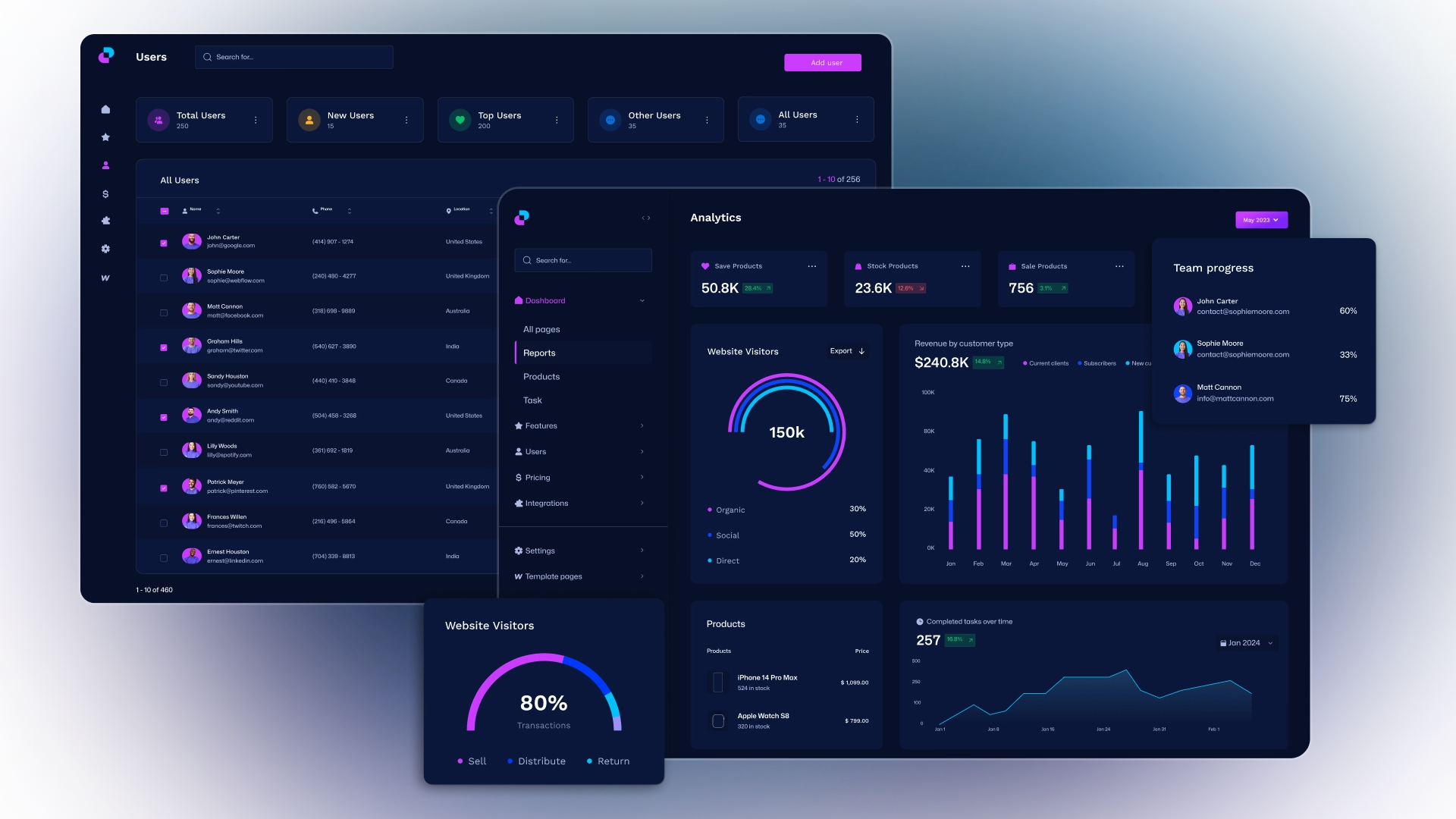
Software testing in AVADA MEDIA
At AVADA MEDIA, we specialize in the development of high-quality software that meets modern technological trends, so testing and debugging programs is an integral part of our daily work. If you want to bring to market a product that is safe, productive and focused on achieving your business goals, contact us.
Questions and answers
- Why is testing necessary?
Software testing helps identify and eliminate defects, ensure compliance with user requirements and expectations, and increase the reliability and security of a software product.
- How is testing effectiveness measured?
The effectiveness of software testing can be measured by various indicators, such as the percentage of detected defects, the percentage of code coverage by tests, the time to fix defects, and the level of user satisfaction.
- How much does software testing cost?
The cost of software testing depends on many factors: the type and complexity of the project, the scope of work, the required level of quality, deadlines and the level of qualification of the specialists involved. We can name the exact price only after studying your request.
- Is it possible to hire AVADA MEDIA QA engineers for your project?
Yes of course! To work on your project, we can provide qualified Middle and Senior QA engineers under the outstaffing model. During the duration of the contract, the specialists will work under your supervision and will effectively become part of your internal team.
















